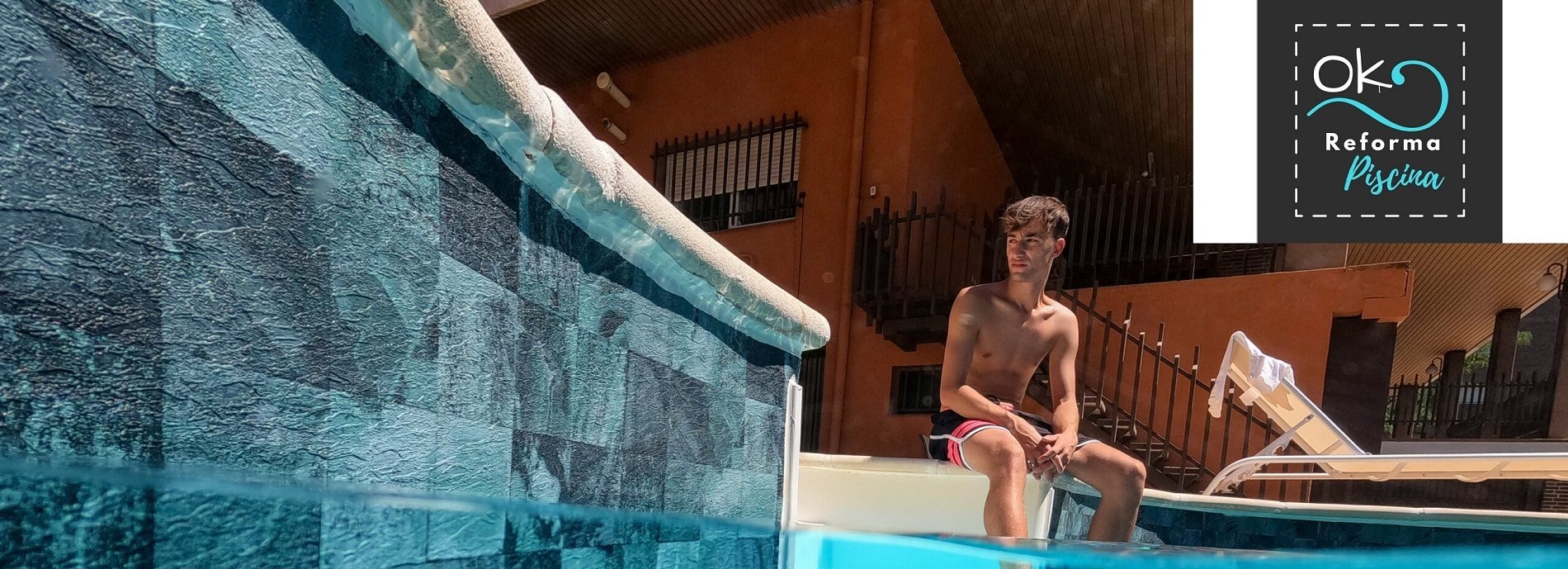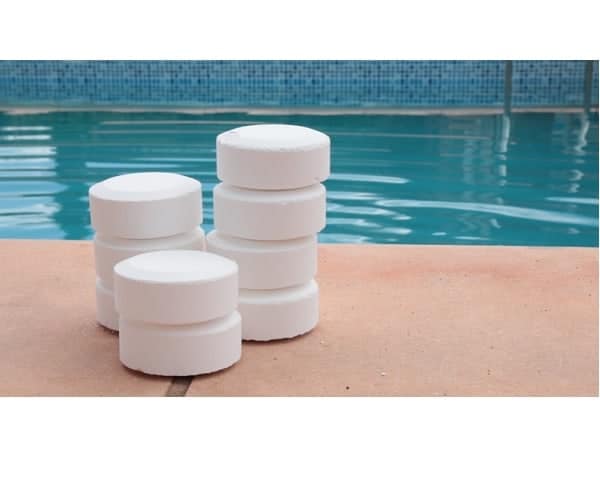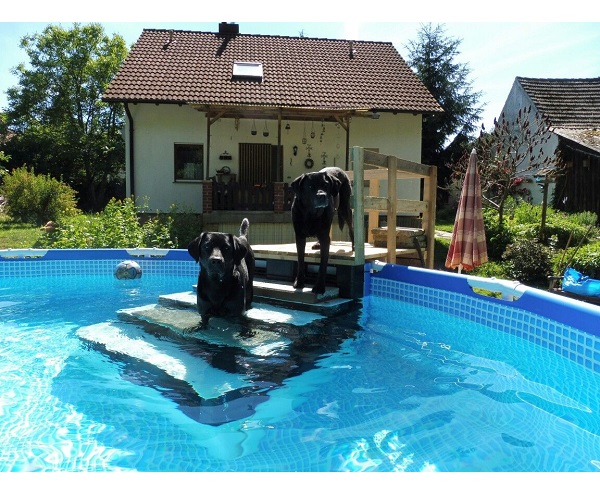
Table of contents of the page
Risks in swimming pools
Nothing says summer like a day at the pool, but a regular pool can be more dangerous than you imagine.
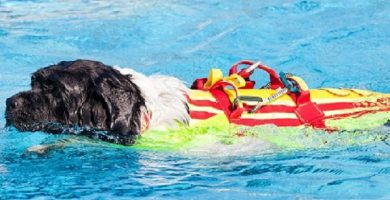
Pet pool safety: tips to avoid and how to act against drowning

Pool regulations, rules and safety tips
- Deep down, all pool owners know the dangers of having a quiet pool hidden behind their house. Especially for families with children, the pool can be a silent killer without pool mats.
- Risks associated with swimming pools include drowning, slips and falls, injuries from diving boards or platforms, and exposure to chemicals such as chlorine.
- Since the introduction of chlorine in 1894, fatal accidents in swimming pools have decreased dramatically. Unfortunately, while death rates from drowning have dropped by 80%, non-fatal injuries have increased by more than 180%. Injuries can occur from immersion or slips and falls on deck.
Consider this list of the ten most common pool hazards:

Swimming pools can be a lot of fun, but they also pose some risks. Every year, many people are injured or drowned. In fact, drowning is the second cause of accidental death in children under 4 years of age.
Here are some tips that can help you and your family stay safe in and around swimming pools.
1. Drowning
- Thousands drown every year. Most of the victims are elderly people and children under 14 years of age. Additionally, non-destructive injuries associated with drowning can land children and adults in the emergency room.
- Barriers and alarms can be used to prevent children from entering the pool without slipping. Additionally, children should be given swimming lessons as soon as possible and their family should know how to perform CPR in case of accidents.
2. Inadequate fences and outdoor pools
- Fences and shelters are other essential tools to help keep people safe. Every year, hundreds of children drown in swimming pools with safety barriers and nets in place to prevent children from entering the water without your permission. Remember that pools and hot springs can be dangerous even if you don't have children.
- Rules for pool covers and fences can vary from place to place, so if you are considering a pool, you should find out the laws in your city. In general, pool fences should be at least four feet high and gates should be closed. Even if it is an above ground pool, you may still need a pool fence.
3. Trampoline accidents
- A trampoline can be fun, but if used incorrectly, it can be dangerous. Pool owners should follow basic rules such as not diving when there are too many people in the pool, not drinking alcohol or diving, and not attacking if the pool is not deep enough to cause injury.
4. Lack of supervision
All lifeguards must be fully trained and engaged with swimmers while on duty. They should also have safety equipment such as life jackets and lifelines available in case of emergency. Their role is to protect swimmers, so public pool owners and managers must ensure that swimmers are not distracted by electronic equipment or overwhelmed by additional tasks such as cleaning.
Diving is a common cause of injury in recreational pools, especially for children.

Divers may hit their heads on the bottom of the pool or an object, such as a step or ladder. However, the most serious consequence is when divers hit their heads on the side of a pool wall or when they land too close to another diver. These accidents can cause concussions and even paralysis. Children between 10 and 14 years old are at the highest risk of these types of accidents because they tend to dive more often and with less skill than other age groups. Parents should be aware of dangerous diving habits among.
5. Exposure to chemicals
Pool chemicals are a must, right? This is one of the important things to keep those harmful bacteria at bay. However, chemicals in high concentrations can pose a safety concern for swimmers. So, it's all about balance.
Chlorine, for example, can dry and irritate the skin and worsen asthma. These chemicals can also kill the body's natural bacteria when ingested, which can cause respiratory problems and lower immunity.
A less obvious risk is exposure to chemicals such as chlorine. Chlorinator accidents, in which children or adults accidentally drink concentrated pool water, were once responsible for approximately 4% of all pool deaths in the United States. To reduce these types of injuries, it is necessary to ensure that a proper ratio is maintained between pool water and added chemicals.
6. Slippery platforms, stairs and steps
As the pool deck surface ages and wears, it molds its shape and becomes very slippery, especially in wet conditions. To reduce the risk of falls or slipping in the pool, you should clean the deck thoroughly every year. Additionally, quartz sand can be added to concrete sealer to provide a coating and slip on it.
Ladders and steps are common areas for pool injuries. Colored tiles are used to mark step edges in many swimming pools, to help identify step edges under moving water. . The chance of falling or getting injured increases at night, and even more so when there are no lights under the pool to illuminate the water. Ladders that are usually installed by hand in the pool can become loose over time. If the ladder moves when leaving the water, the risk of falling will increase considerably.
7. Turning green

Is the salt pool exempt from having green water?

Do not ignore the green pool water, put a solution, now!
And it is not ecological. We are talking about algae. If you see a green color, it means that the algae has grown. This usually happens after a long period of time when proper cleaning and maintenance is neglected. If your pool is green, it's time for maintenance.
Algae is not common when it comes to swimming pools, but it can be avoided. Additionally, the use of certain medications can stunt growth. And regular washing is very important to maintain cleanliness.
The optimal pH is between 7,2 and 7,6.
Aim for these numbers to prevent algae from growing in your pool. After electrifying your pool, remove excess algae with a pool brush. The other work must be done by the filter.
8. Inadequate depth markers
The people who used the pool need to know exactly how deep the water is. It can be challenging to measure the depth of a pool just by looking at it, and when people don't understand the depth of a pool, it can easily lead to problems.
For example, if someone submerges in water that is shallower than it appears, they may suffer a joint injury. Sometimes there may be no depth markings on the pool or they may disappear over time.
9. Prevent sunburn
On a beautiful sunny day, there's nothing better than putting on a suit and hitting the pool. But you want to remember the sun when it comes to your pool fun.
People who spend any time in the pool tend to develop a golden tan, but at the same time, overexposure to the sun increases the risk of skin cancer. Additionally, sunburn can be painful and cause open, sore skin that can become infected. If you don't want to get out of the pool, you can reduce your risk of sunburn by taking precautions.
10. Suction Lines
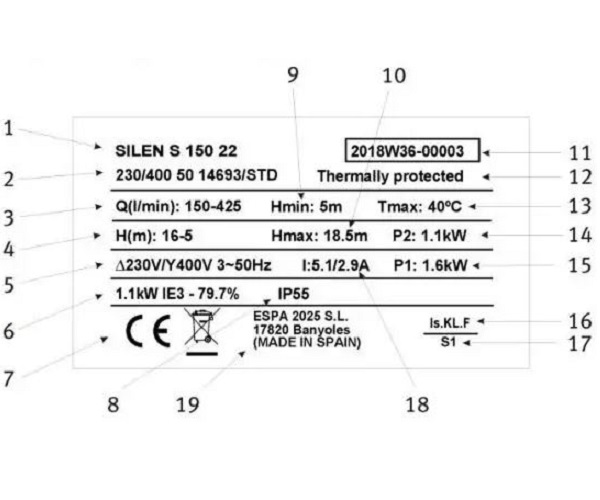
Understanding the nameplate of a swimming pool filter pump

What is the pool pump, its installation and its most common breakdowns
- Pool suction equipment is typically a skimmer and main drain connected just before the pool's heavy-duty pumps. Unfortunately, the power of a pool pump is more than a reason for it to break down and endanger lives.
- The warning label that appears on newer pool drains, skimmers, and pumps indicates that the pool pump is strong enough to trap, suffocate, and dry you if you unknowingly block suction on any part of your body.
- The tragedy is that every year many children die in this way through the same main sewers that are illegal. Now you need two main suction channels, which are separated so that you can't cover both areas at the same time. Proper use of main drain covers is essential to ensure the safety of swimmers.
